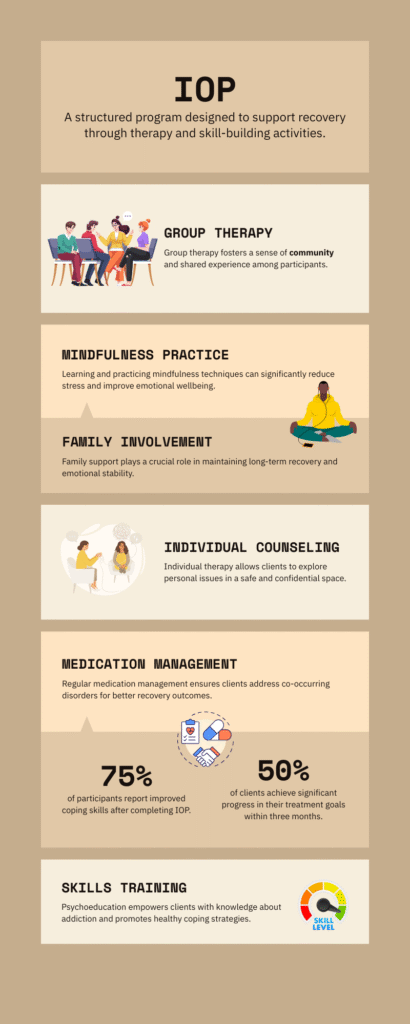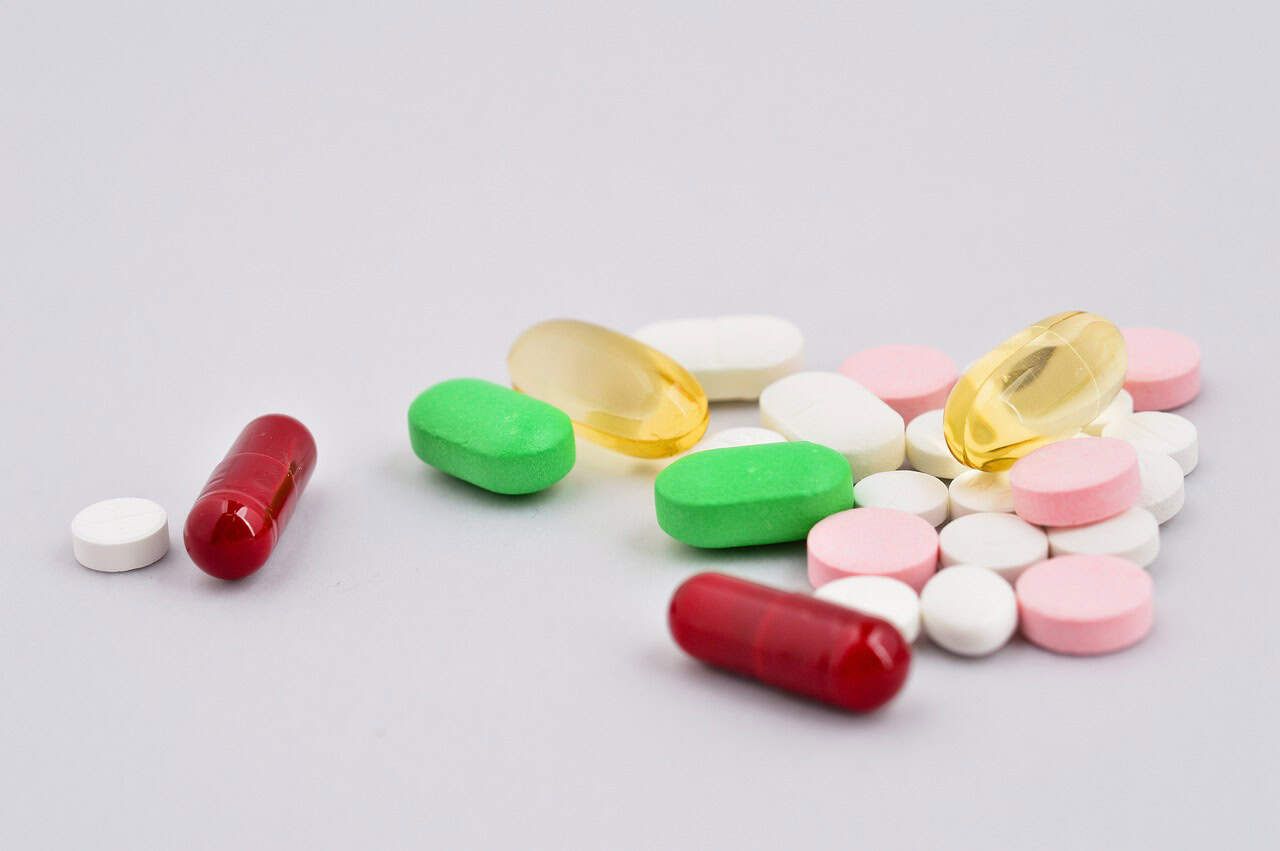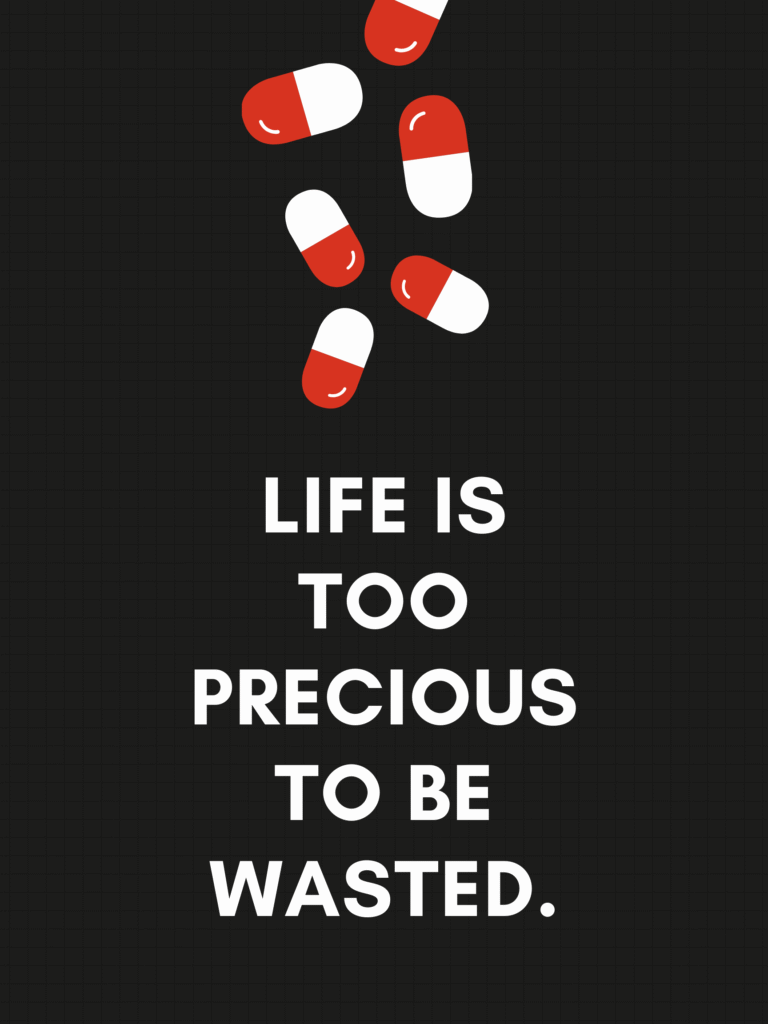What Does a Typical IOP Schedule Look Like?
Imagine waking up each day knowing you have a supportive team, a structured plan, and a community rooting for your recovery. For many facing substance use disorders or mental health issues, this structure and support come in the form of an Intensive Outpatient Program (IOP).
If you or a loved one is considering treatment options, understanding what an IOP schedule looks like can be the first step toward hope and healing.
At Thoroughbred Wellness and Recovery, we believe that knowledge is empowering—and that a well-structured IOP can bridge inpatient care and independent daily life, offering the flexibility and support needed for lasting recovery.
The Heart of Intensive Outpatient Programs
An intensive outpatient program (IOP) is a type of treatment program designed for individuals who need more support than traditional outpatient therapy but do not require the 24/7 supervision of inpatient treatment.
IOPs are especially effective for those transitioning from a partial hospitalization program (PHP) or for those whose symptoms are stable enough to manage in a less restrictive environment.
Unlike inpatient programs, which require you to live at a treatment facility, IOPs allow you to maintain your daily responsibilities—work, school, family—while receiving comprehensive care.
This level of care is ideal for people who need structured support but also want to stay connected to their community and support system.

What Does a Typical IOP Schedule Look Like?
A standard IOP schedule usually involves attending treatment sessions three to five days per week, each lasting about three hours. This adds up to a minimum of nine hours of structured care weekly, though some programs offer more intensive schedules based on individual needs.
Morning, Afternoon, or Evening Sessions:
IOP programs are designed to fit into your life, not disrupt it. Many treatment centers, including Thoroughbred Wellness and Recovery, offer flexible morning, afternoon, or evening scheduling. This flexibility ensures you can continue working, caring for family members, or attending school while prioritizing your recovery.
A Sample Day in IOP:
- 9:00 AM – Group Therapy Session:
Start the day with a group therapy session focused on relapse prevention, coping skills, or psychoeducation. Group therapy is a cornerstone of IOP, providing a supportive environment to share experiences, learn from others, and build community. - 10:30 AM – Individual Therapy or Counseling:
After group therapy, you might meet with a therapist for individual therapy. This is where you can explore personal challenges, set goals, and work on emotional regulation using evidence-based modalities like cognitive behavioral therapy (CBT) or dialectical behavior therapy (DBT). - 11:30 AM – Psychoeducation or Skills Training:
The final hour may focus on psychoeducation—learning about addiction, mental health conditions, and healthy coping strategies. You might also participate in skills training, such as mindfulness, stress management, or communication exercises. - Family Therapy and Support Groups:
Many IOPs include weekly family therapy sessions or invite family members to participate in support groups. Involving loved ones in recovery can strengthen your support system and improve outcomes.
Key Components of an IOP Plan
Every IOP is tailored to meet the specific needs of each participant. Here’s what you can expect from a comprehensive IOP plan at a reputable treatment center like Thoroughbred Wellness and Recovery:
- Assessment and Individualized Treatment Plan:
Your journey begins with a thorough assessment to determine the best type of treatment for your unique situation. This includes evaluating your mental health, substance use history, and any co-occurring disorders. - Evidence-Based Modalities:
IOPs use proven, evidence-based therapies such as CBT, DBT, and motivational interviewing. These approaches help you develop coping strategies, manage triggers, and build resilience. - Group Therapy Sessions:
Group therapy is the backbone of IOP, offering a safe space to process emotions, practice new skills, and receive feedback from peers and clinicians. - Individual Therapy Sessions:
One-on-one counseling allows you to address personal challenges, set recovery goals, and work through trauma or underlying mental health issues. - Family Involvement:
Addiction and mental health disorders affect the whole family. Family therapy and education help loved ones understand the recovery process and learn how to provide effective support. - Relapse Prevention and Aftercare Planning:
A strong IOP plan includes relapse prevention strategies and a roadmap for ongoing care. This might involve connecting you with support groups, outpatient therapy, or alumni programs. - Medication Management:
For those with dual diagnosis or mental health disorders, medication management is integrated into the treatment plan to support overall well-being.

Why Choose an IOP Over Other Levels of Care?
Choosing the right level of care is crucial for successful recovery. Here’s how IOPs compare to other treatment options:
- Inpatient Treatment:
Best for those needing intensive, round-the-clock care, especially during detox or acute crises. Inpatient programs provide a highly structured environment but require you to step away from daily life. - Partial Hospitalization Program (PHP):
PHPs offer a higher level of care than IOPs, with more hours of treatment each week. They’re often used as a step down from inpatient care or a step up from IOP if more support is needed. - Outpatient Care:
Traditional outpatient therapy involves fewer hours per week and is best for those with mild symptoms or strong support systems. - Intensive Outpatient Treatment:
IOPs balance structure and flexibility, making them ideal for many people in early recovery or those stepping down from higher levels of care.
The Benefits of an IOP Schedule
A well-structured, typical IOP schedule offers numerous benefits for individuals seeking addiction treatment or mental health support:
- Flexibility:
Attend treatment while maintaining work, school, or family commitments. - Community:
Build connections with others who understand your journey. - Comprehensive Care:
Access a range of therapies and services tailored to your needs. - Support System:
Involve family members and loved ones in your recovery. - Relapse Prevention:
Learn practical skills to manage triggers and prevent relapse. - Step-Down Support:
Transition smoothly from inpatient or residential treatment to independent living.
Who Can Benefit from an IOP?
IOPs are designed for individuals with substance use disorders, mental health disorders, or co-occurring disorders who do not require inpatient care but need more support than traditional outpatient therapy. An IOP may be the right fit if you’re motivated to recover, have a stable living environment, and can commit to regular attendance.
How to Get Started
If you or a loved one is struggling with addiction, mental health issues, or both, reaching out for help is the first step. Thoroughbred Wellness and Recovery offers compassionate, evidence-based intensive outpatient treatment tailored to your unique needs. Our team will work with you to develop a personalized IOP plan that fits your life and supports your recovery journey.
Recovery Is Possible
You don’t have to do it alone. An intensive outpatient program offers the structure, support, and flexibility you need to reclaim your life. Whether you’re stepping down from inpatient care or seeking a new approach to mental health treatment, an IOP can be the bridge to lasting change.
If you’re ready to take the next step, contact Thoroughbred Wellness and Recovery today. Our caring team is here to answer your questions, help you explore treatment options, and support you every step of the way. Your recovery journey starts now.









